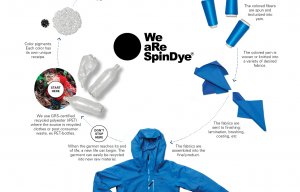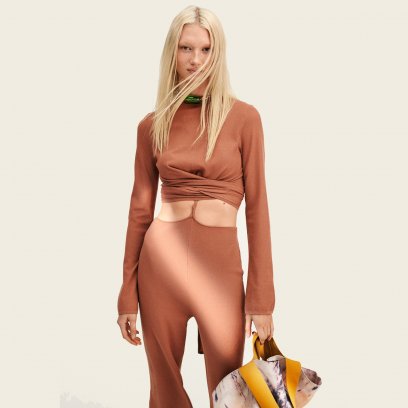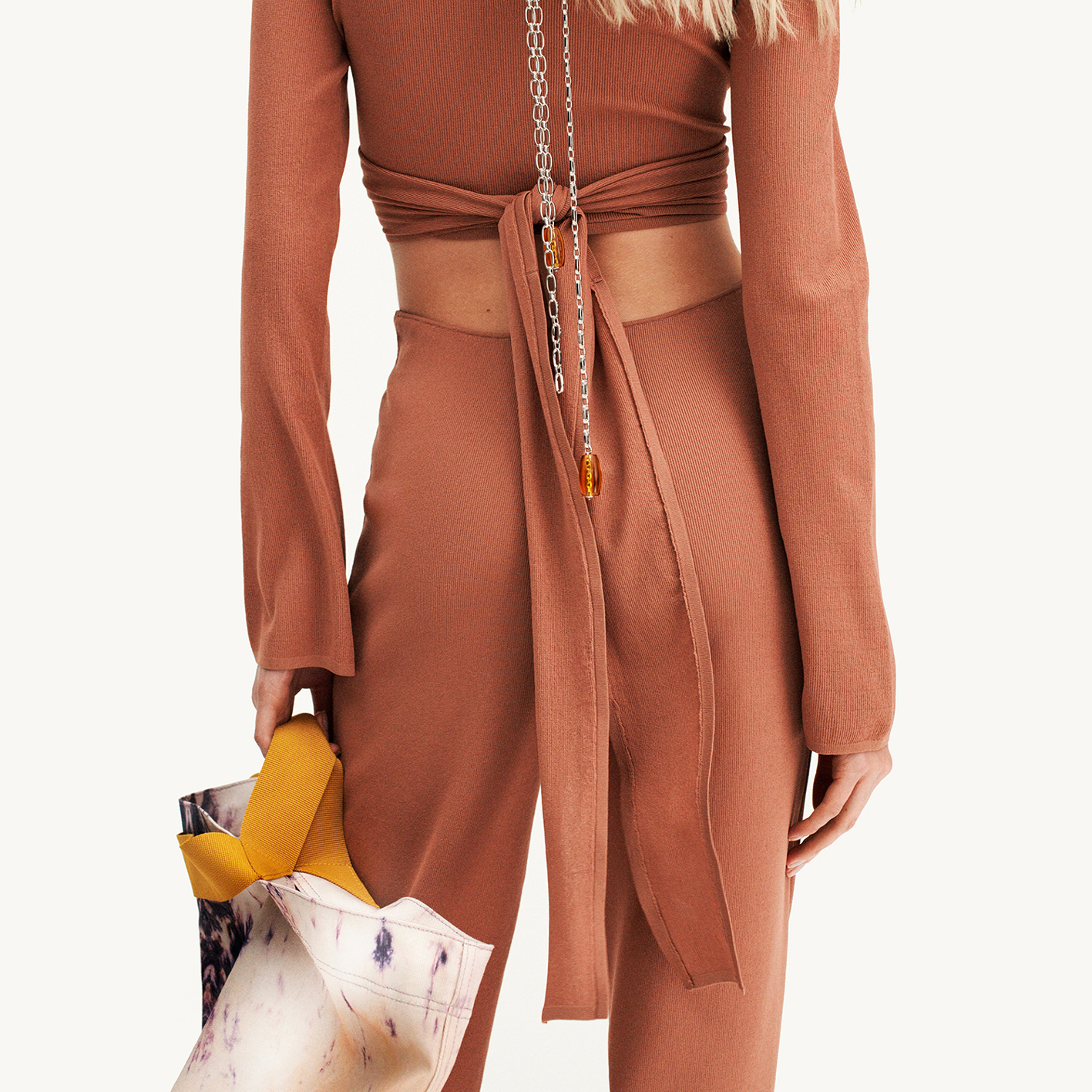
Superdry to use new dyeing route
Increased focus on sustainable colour among fashion brands.

29th March 2021
Innovation in Textiles
|
Stockholm, Sweden
H&M’s latest Innovation Stories collection, Color Story, is featuring new designs dyed with the We aRe SpinDye process.
“This milestone represents an increased focus on colour among fashion brands and a heightened awareness of the negative environmental effects that occur when dyeing textiles by conventional processes,” said We aRe SpinDye CEO Andreas Andrén.
We aRe SpinDye introduced its resource-efficient dyeing process in 2016. The company works exclusively with recycled polyester made from post-consumer water bottles or wasted clothing, allowing for a truly circular production method.
By melting colour pigments and the recycled polyester mass together prior to extrusion, homogenously coloured yarns are created without the use of water.
Importantly, multiple fabrics can be made from a single yarn source for exceptional resource efficiency and very little waste.
By using the company’s technology when dyeing textiles, water consumption is reduced by 75% and chemical consumption by as much as 90% compared with traditional dyeing of fabric.
“The fact that more companies in the fashion industry are paying attention to the negative environmental effects that occur when dyeing textiles has been We aRe SpinDye’s biggest driving force from the start,” said Andrén. “We aRe SpinDye has devoted its entire existence to highlighting how enormously resource-intensive the dyeing process is in textile production. It is a global problem that needs more attention. It has been fantastic to work with pioneering and brave designers over the years who show that it is possible to create fantastic creations with our resource-efficient colouring method. We want to highlight that colour and process can no longer be ignored.”

Reports show that dyeing alone accounts for almost 24 percent of the resources consumed during a garment’s lifetime. Every year, the clothing industry uses nine billion cubic metres of water and 168 million tons of process chemicals to dye fabrics.
“We aRe SpinDye now hopes that 2021 will be the year when more brands in the industry will pay attention to the alternatives are available when it comes to resource-efficient dyeing procedures,” said Andrén. “We believe in abandoning the harmful model of using wet dyeing and instead lead by example to inspire the textile world to choose a modern, more sustainable dyeing method. You can avoid wet dyeing completely by adding colour pigments to the fibre in the same moment as the fibre is made. In this way, both water, chemicals and CO2 can be reduced to a minimum.
The H&M collection will be launched in selected stores and on hm.com from 15 April.

Business intelligence for the fibre, textiles and apparel industries: technologies, innovations, markets, investments, trade policy, sourcing, strategy...
Find out more